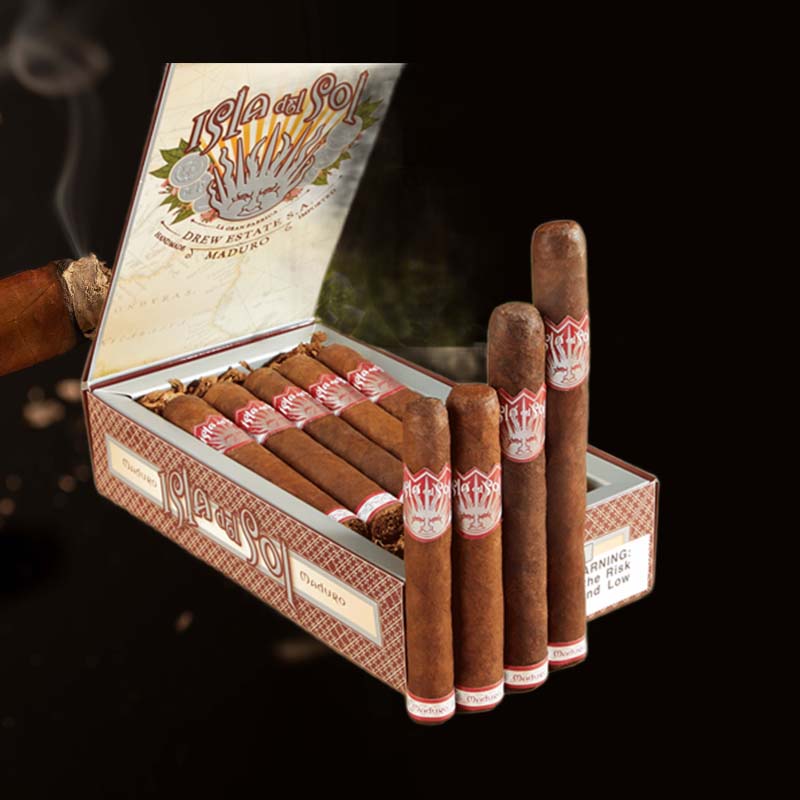Fixing a torch lighter
Introduction: Fixing That Jet Lighter You Love
I remember the first time I held a torch lighter in my hand. It wasn’t just a tool; it was a piece of art, a reliable companion that ignited my passion for cigars. However, like any loyal friend, it can sometimes experience hiccups. Today, I want to share the journey of fixing a torch lighter—my favorite little gadget that keeps me company during quiet evenings. Buckle up as we navigate through the ins and outs of breathing new life into your beloved torch lighter!
Step 1: So What You’ll Need for This
Tools and Materials Needed
- Butane fuel
- Screwdriver set (preferably small and flathead)
- Replacement flint (if needed)
- Compressed air canister
- Pliers (optional)
- Clean cloth or paper towel
Step 2: Ok Diagnosis Time Doctor
Identifying the Problem with Your Lighter
When my lighter refuses to spark, it can feel like I’ve lost an old friend. The first thing I do is assess what’s wrong. Is the fuel tank empty? Is the lighter making any spark? Or is the flame erratic? Pinpointing the issue helps in determining the right fix—like being a detective on a mission!
Step 3: Opening Your Lighter Up
Carefully Disassembling the Torch Lighter
With the necessary tools in hand, it’s time to gently open the lighter’s casing. Using a screwdriver, I remove the screws that hold it together. I find a clean, well-lit space to work—it’s easy to accidentally lose tiny parts. This process brings back fond memories of tinkering with gadgets as a kid, and I take a moment to enjoy the nostalgia.
Step 4: Adjusting the Spark
Tuning the Ignition System for Optimal Performance
Once opened, I inspect the ignition system. If the spark isn’t igniting, I might need to adjust the flint. This little piece can make all the difference—kind of like the underdog hero in a classic tale! I replace it if worn and ensure everything is clean, including the parts that create the spark.
Step 5: So I Did That, But I’m Not Getting Anywhere
What to Do When the Lighter Still Doesn’t Work
If my lighter is still unresponsive, it’s time to take a deeper dive. I check that the butane is flowing properly and that no clogs obstruct the ignition. It’s like running a full medical check-up to see what else might be wrong—sometimes, multiple factors contribute to the problem.
Step 6: Putting It Back Together
Reassembling the Torch Lighter Properly
With the issues addressed, I’m ready to piece everything back. I carefully reattach the casing, making sure every screw is tight but not overdone, giving it that gentle but confident touch. It’s almost like wrapping a gift, and I can’t wait to see the final result!
Step 7: I Do Believe We’re Done
Final Checks and Testing
Now, the moment of truth arrives. I take a deep breath and fill the lighter with butane. Once it’s fueled up, I wait a few moments, instilling a sense of anticipation. When I ignite it, I hope to see a beautiful flame—a small victory that reminds me of why I love my torch lighter so much.
Common Issues with Torch Lighters
Identifying Common Problems
There are several common issues that can arise with torch lighters, from butane not flowing to a malfunctioning spark mechanism. Each issue can feel disappointing, but they are often fixable with a few simple checks and adjustments.
5 Common Issues that Torch Lighter Won’t Light, How to Fix?
Overview of Top Problems and Solutions
- Empty fuel tank – Refill with high-quality butane.
- Clogged jets – Clean with compressed air.
- Worn-out flint – Replace with new flint.
- Low-quality butane – Switch to a premium brand.
- Improper flame adjustment – Tune the flame setting accordingly.
Effective Solutions for Fixing Torch Lighters
Quick Fixes to Get Your Lighter Working
A simple first step is always to refuel. If that doesn’t work, I check the ignition system and inspect for potential blockages. Ensure that I’m using high-quality fuel—a little attention to detail goes a long way.
Troubleshooting Less Common Torch Lighter Problems
Tips for Rare Issues
Sometimes, my lighter might exhibit unusual behavior, like producing flames of varying colors. Rare problems like these often indicate a chemical reaction with the fuel. I’ll need to switch fuels or check the fuel tank for contaminants.
How to Prevent Torch Lighter Issues
Maintenance Tips for Longevity
Regular maintenance is key to keeping my lighter in top shape. I make it a habit to clean the jets and replace old fuel regularly; it’s like giving a classic car the care it deserves. This not only ensures reliability but also extends its lifespan.
Use High-Quality Butane
Why Fuel Quality Matters
I’ve learned that the quality of the butane matters immensely. High-quality butane helps prevent impurities that can clog up the ignition system. My reliable choice has always been brands like Xikar or Colibri—it’s made a noticeable difference in performance.
Check the Flame
How to Adjust Your Flame Settings
I check and adjust the flame setting as needed. Whether I want a thin, precise flame for lighting a cigar or a wider flame for something else, it’s easy to adapt. This means my torch lighter is versatile enough to meet my specific needs.
Check the Flint
Ensuring Your Flint is in Good Condition
Ensuring that my flint is intact is crucial. A good flint produces a reliable spark, but if it’s worn down, I make sure to replace it promptly—it’s a small but mighty component!
Bleed the Tank Before Refilling
A Step-by-Step Guide to Bleeding the Tank
To bleed the tank, I place the lighter upside down and press the valve with a small tool, allowing any residual gas to escape. I won’t forget to do this step before refilling; it’s like starting with a clean slate!
Wait for Your Lighter to Warm Up After Refilling
Importance of Letting Your Lighter Rest
After refilling, I give the lighter a few moments to warm up. This allows the internal parts to adjust to the new fuel, reducing the chances of issues right after a refill. It’s a small act that can save a lot of frustration later.
FAQ
What causes a torch lighter to stop working?
A torch lighter may stop working due to an empty fuel tank, clogged jets, a faulty ignition system, or worn-out flint. Diagnosing the issue usually reveals the culprit quickly.
How do you fix a torch lighter that won’t spark?
If my torch lighter won’t spark, I start by checking the flint. If it’s worn down, I replace it. Additionally, I inspect the ignition system for any blockages or misalignments that might hinder performance.
Why is my torch lighter not releasing butane?
Butane may not release due to a clogged fuel jet or a stuck valve. Cleaning the jets with compressed air or checking the valve can resolve the issue.
Why is my butane lighter not igniting?
A butane lighter may not ignite due to low fuel levels, a faulty ignition system, or a malfunctioning spark. Checking each component systematically helps identify the problem quickly.




















